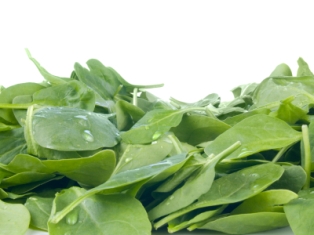Your Life “D”pends on It
Study:Â Elderly Low in Vitamin D Increase their Risk of Premature Death
Some “D”pressing news to report on the heart health front, particularly if you’re a senior citizen. According to a joint study conducted by researchers from Colorado and Massachusetts, the elderly are at greater risk of dying from heart disease when their vitamin D levels are low.
If you feel like you’ve been bombarded with vitamin D news lately, you’re not alone. The media are great at beating a dead horse, aren’t they? But this time the “beating” is warranted, as they’ve finally come to the realization that vitamin D really is the “D”fensive vitamin.
Just how defensive? Well if the Colorado and Massachusetts researchers’ findings are accurate, and there’s no reason to think that they aren’t, if you’re not sufficiently armed with D, you’re three times more likely to die from heart disease.
This truly “D”sturbing finding (OK, OK, I’ll quit with the “D” stuff) was published in the Journal of the American Geriatrics Society after researchers reviewed the health statistics of approximately 3,400 people in their elder years (65 years and older). In the course of reviewing their blood samples, they found that those with the lowest vitamin D levels were three times more likely to have died than those with high vitamin D levels. They were also two-and-a-half times more likely to have died from other diseases not including heart disease.
The researchers came from the University of Colorado and Boston’s Massachusetts General Hospital.
As I’ve referenced in past articles, health officials have increased the recommended dosage for vitamin D, but only for the youngest among us (i.e. toddlers, young children), not the estimated 24 million elderly currently living in America. Perhaps this latest report will serve as sufficient justification to up the recommended dosage (400 to 600 IUs is what’s recommended for men and women over 50).
In the meantime, it’s important to expose your skin to the sunlight. Generally speaking, the elderly are loath to spend all the livelong day in the sun. But I’m not talking all day; I’m talking about 20 to 25 minutes of direct sunlight exposure (no sunscreen). That’s all that’s needed to get a sufficient dose of the sunshine vitamin (if possible, stay out in the sun in the 25 minute range rather than 20 minutes; the skin becomes less absorbent of the sun’s rays as we age).
You can get a good amount of vitamin D through the food you eat, but there aren’t many options to choose from.  Pasteurized milk and other dairy products are usually fortified with vitamin D, but that’s not enough for me to start advocating pasteurized milk consumption (see why here).
That pretty much leaves fish as the best option for vitamin D through food. Salmon—perhaps the most nutritious protein source on planet Earth—has about 350 IUs of vitamin D in a 3.5 ounce portion. Mackerel is another fish that’s loaded with D (about 345 IUs per 3.5 ounce serving).
Whether it’s through the sun’s rays or the fish that you graze, get this vital vitamin in your system—your life “d”pends on it.
Sources:
sciencedaily.com
dietary-supplements.info.nih.gov
Posted: September 27th, 2009 under Vitamin D.
Tags: premature death, Sunlight, vitamin d deficiency
Comments: none


















